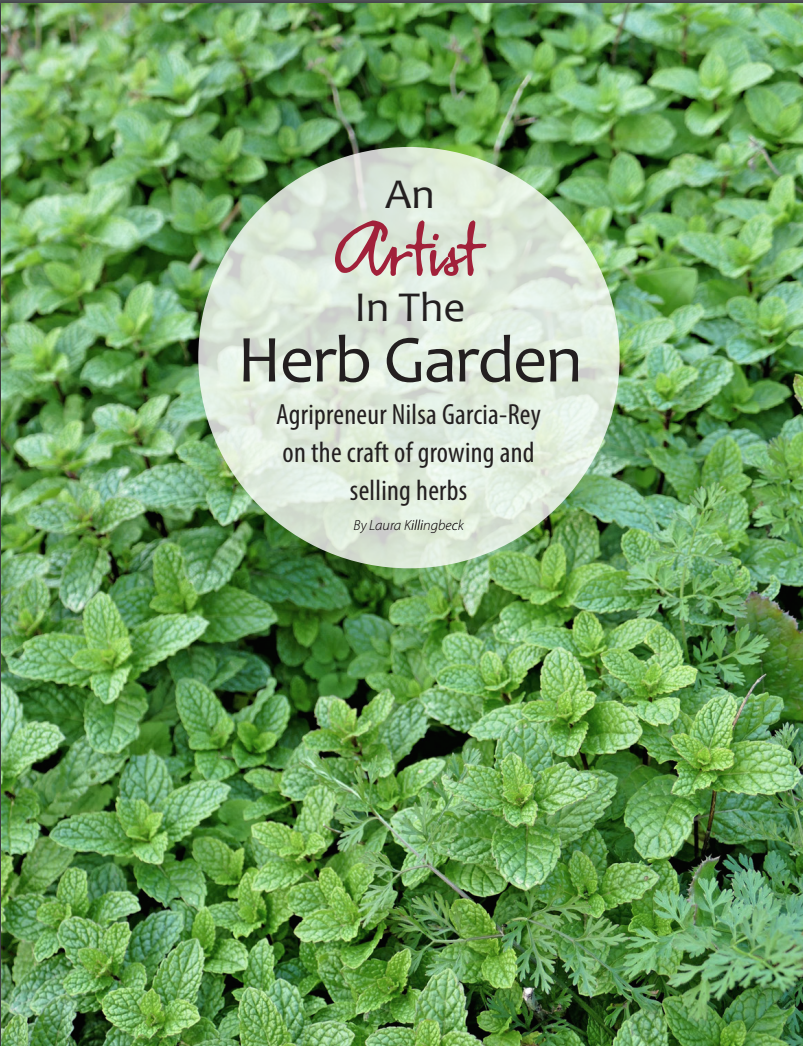By Laura Killingbeck
Last year I tore my acl (anterior cruciate ligament) and had reconstruction surgery. I ended up in bed for quite a while, and even after a year of rehabilitation, my leg muscles were pretty atrophied. The right leg was okay, but lefty looked like a sick string bean.
I’ve never been able to emotionally commit to gyms. I have a hard time accepting the scenario that I would pay someone to allow me to pick up heavy objects and put them down again–or worse yet, to run on an electrical robot that doesn’t go anywhere. It’s my cyber punk nightmare.
So, in order to get back on my feet again after rehab, I decided to use the only health and wellness fail-safe that’s ever worked for me—get dropped off somewhere far away, and then find my way back by foot or pedal.
Luckily my parents were great sports in this. So this June they loaded up the mini van, drove me and my bike north for a couple days, and dropped me off in a forest in south Quebec.
I packed my gear on my bike and set off due west. Immediately I felt anxieties dissipate as my body 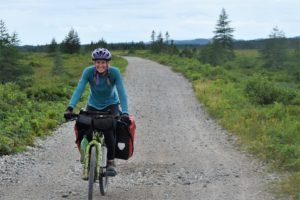 recognized itself in the steady motion of forward momentum. Over the next three months I cycled in a winding circle around the Saint Lawrence River, up to Labrador and Newfoundland, and back down through the Canadian Maritimes and Eastern United States. My partner Scott joined me for about half the trip, from Montreal to Nova Scotia. By the time I rolled back into my parents’ driveway in Rhode Island, I had gone over 3700 miles, and both legs looked like legs again.
recognized itself in the steady motion of forward momentum. Over the next three months I cycled in a winding circle around the Saint Lawrence River, up to Labrador and Newfoundland, and back down through the Canadian Maritimes and Eastern United States. My partner Scott joined me for about half the trip, from Montreal to Nova Scotia. By the time I rolled back into my parents’ driveway in Rhode Island, I had gone over 3700 miles, and both legs looked like legs again.
Throughout this trip I encountered wonderful wild animals, made friends in unlikely places, forded over a dozen rivers, and got lost in landscapes I was happy to be lost in. In Gros Morne, Newfoundland, I got to touch the earth’s mantle; at the Bay of Fundy I walked across the ocean floor. I learned that you can smelt iron nails out of peat bogs, and that cloudberries taste like pumpkin apricots. I was shown extraordinary kindness by people I’d never met, and grew in perspective as well as strength.
Long days on the road in wild places can have their challenges—there may be rain and headwinds, deserts that feel very hot, and mountains that feel very tall. But the rewards of those journeys always lasts a lifetime. I think the biggest secret to cycle touring is that its much easier and simpler than most people think. Pretty much anyone can bike pretty far if they pack right and keep moving the pedals. And if you’re happy camping in forests and eating simple foods, it can be quite an inexpensive way to see the world. Fancy gear is not necessary.
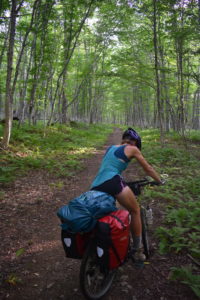 In my life I’ve been lucky to experience a number of long overland journeys by thumb, foot, and pedal. I’ve also been lucky to work for many years on small organic farms. I think there is a strong correlation between my love of moving in nature by foot and pedal, and my love of whole foods and sustainable farming.
In my life I’ve been lucky to experience a number of long overland journeys by thumb, foot, and pedal. I’ve also been lucky to work for many years on small organic farms. I think there is a strong correlation between my love of moving in nature by foot and pedal, and my love of whole foods and sustainable farming.
As humans we are made of many things—genes, microbes, our past, our present, our culture–and all the mysterious factors that make us our own special snowflakes. But every part of this identity as physical and emotional creatures constantly shifts and transforms in relation to the food we eat, the air we breathe, the community that surrounds us, and the thoughts that pass or linger in our minds. Working with soil and earth, or pedaling through air and light, are both beautiful reminders of our own human transformation within a larger cycle.
I remember heading out for my first bike tour around Iceland when I was twenty-one. I was alone, on a shoestring budget, and had no cycling experience. I didn’t know what to pack, or what to expect, or even how to adjust my own bike seat. In the twelve years since then, I’ve toured about 12,000 miles around the world, and have a little more experience packing and planning for trips. My style of touring is fairly simple and rugged. I don’t go fast or fancy. But I go, and seem to keep going.
I love connecting with other cyclists and people who want to start cycling. If you want to learn more, I’m giving a presentation at Round the Bend Farm Open Farm Day, on Saturday, November 17, from 10:00 to 11:00 AM. I’ll have my loaded touring bike (Tiny Troll) with me, show pictures from my last trip, and explain the basics of packing and preparing for independent long distance cycling journeys. Everyone who arrives by bike gets a free high five. Hope to see you there!
Check out the article by Laura Killingbeck about Nilsa Garcia-Rey and her amazing herb garden at Round the Bend Farm. This article was originally published in the North America Permaculture Magazine
Collaborative & Regenerative Land Management with Livestock Co- Contributors Lauren Miller-Donnelly of Mass Audubon’s Allens Pond Wildlife Sanctuary and Geoff Kinder of Round the Bend Farm and Paradox Acres
At Allens Pond Wildlife Sanctuary, a patchwork of invaluable wildlife habitat stretches across the landscape. A primary goal at this Mass Audubon property is the management of grasslands for native wildlife, particularly birds. Grassland bird populations rely on this habitat which has decreased in recent 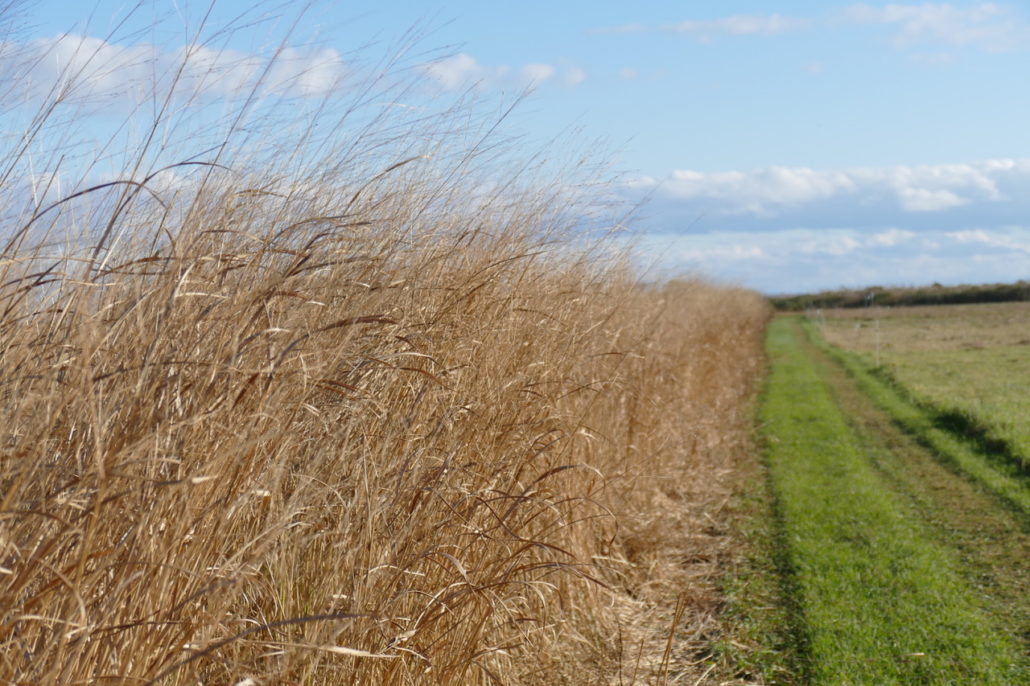 decades, now accounting for a fraction of our national and local landscape. Once maintained through periodic disturbance by native herbivores, fire and early agricultural techniques, modern agriculture and sub/urban development are major contributors to grassland habitat loss today. Land conservation groups such as Mass Audubon now work to create and maintain these critical habitats. Through cross-sector collaboration and creative land-management strategies, the partnership of Mass Audubon and Round the Bend Farm represents a successful initiative to achieve these ends on the South Coast.
decades, now accounting for a fraction of our national and local landscape. Once maintained through periodic disturbance by native herbivores, fire and early agricultural techniques, modern agriculture and sub/urban development are major contributors to grassland habitat loss today. Land conservation groups such as Mass Audubon now work to create and maintain these critical habitats. Through cross-sector collaboration and creative land-management strategies, the partnership of Mass Audubon and Round the Bend Farm represents a successful initiative to achieve these ends on the South Coast.
Traditional agricultural management created a mosaic landscape favored by the many species of grassland birds, where they could forage, hide, nest, and rear their young. Modern agricultural management now relies on machines, which create large swaths of homogenous landscapes. These landscapes lack structural and plant diversity, depriving birds of quality hiding places, foraging grounds, and nesting areas. Mechanical management itself can also be dangerous to bird populations, destroying eggs and fledglings when incorrectly timed.
Over the last 8 years, in collaboration with Round the Bend Farm, Mass Audubon has practiced more nuanced and place-based management: rotational grazing combined with timely hay harvest. Together, staff ecologists and farmers plan seasonal grazing and haying patterns that will be most conducive to conservation goals, mainly bird nesting and fledging. This solution is unique and quite beneficial to wildlife and the environment.
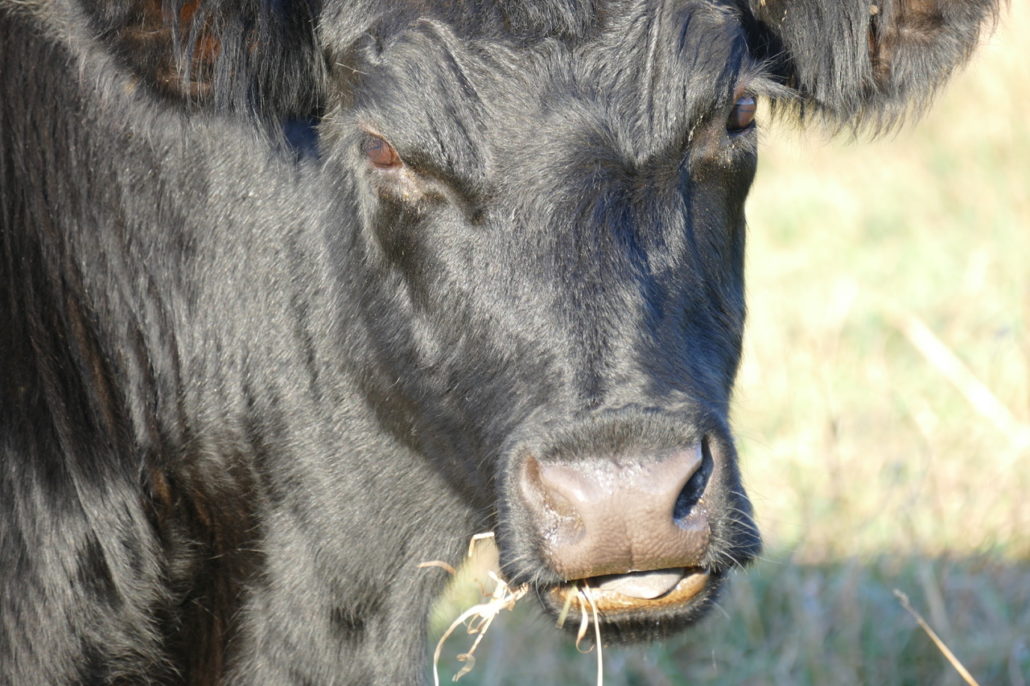 During the spring and fall, when cold-season grass growth peaks, cattle cycle through designated parcels of land. Rotational grazing encourages the development of a structurally diverse, natural landscape dotted with pathways and mounds, tufts of fibrous grasses and open spaces. This terrain would be unfeasible to duplicate mechanically, and is perfectly suited to grassland bird species like the Bobolink, Eastern Meadowlark, and Savannah Sparrow.
During the spring and fall, when cold-season grass growth peaks, cattle cycle through designated parcels of land. Rotational grazing encourages the development of a structurally diverse, natural landscape dotted with pathways and mounds, tufts of fibrous grasses and open spaces. This terrain would be unfeasible to duplicate mechanically, and is perfectly suited to grassland bird species like the Bobolink, Eastern Meadowlark, and Savannah Sparrow.
By grazing fresh vegetation and creating patches of openings, animals prepare the land for the summer arrival of grassland birds. Around the first of June, as grazing animals are moved off pasture, warm season grasses become active and native birds begin nest incubation. In this season, bird populations at the sanctuary have the protection they need to reproduce. Ecologists monitor the timing of the birds until their young have fledged in the fall, and decide when the land may again be grazed and/or hayed.
By stewarding the land through systems that mimic nature, the Allens Pond grasslands are gradually more suitable for native wildlife. Moreover, the benefits of rotational grazing extend beyond the natural 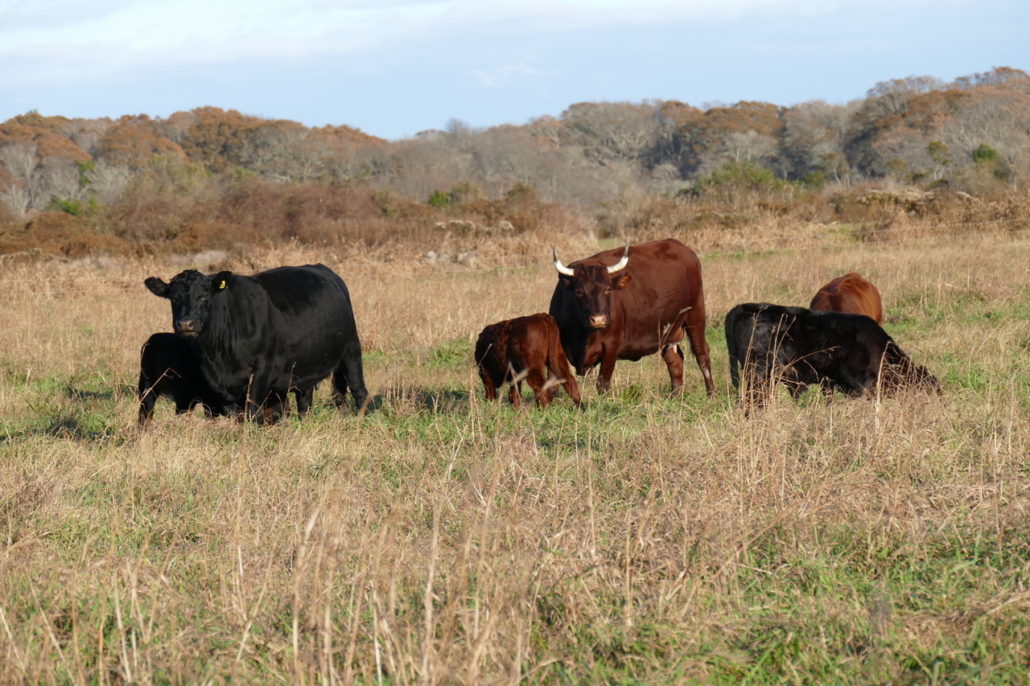 environment. Regenerative interactions between grazing herbivores and the land promotes functional diversity within this ecosystem, molding a landscape that is attractive to visitors and wildlife alike.
environment. Regenerative interactions between grazing herbivores and the land promotes functional diversity within this ecosystem, molding a landscape that is attractive to visitors and wildlife alike.
Mass Audubon’s commitment to climate change action is supported by reducing the reliance on fossil-fueled machinery to manage the fields and transport both hay and meat. The production of locally raised beef that consume grass on-site in a system where carbon is rapidly recycled cuts down on excess methane release. The collaboration between farmer and wildlife sanctuary reduces the need for additional staff and machinery. Eventually, grazing animals become available as high-value, local, grass-fed meats, reducing waste by the end consumer, enhancing the local food shed, fostering community health, and supporting sustainable farming livelihoods
This collaboration between Mass Audubon and Round the Bend Farm signals a cultural shift. It heralds a new chapter in land stewardship, where ecology and agriculture are integrated. At the Allens Pond Wildlife Sanctuary, farmers and ecologists are devoted partners in the aim to protect wildlife and conserve the land. We see here, and hope to see increasingly elsewhere, that diverse stakeholders can sit at the table together and find solutions only possible through synergy: solutions that v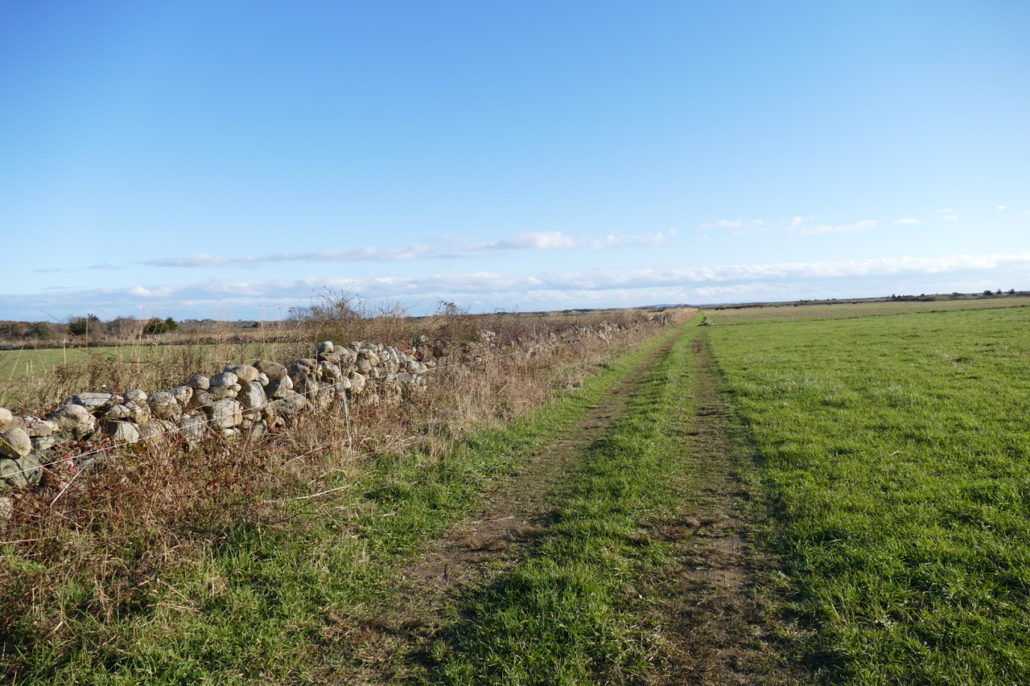 alue a vital local ecology and thriving food system, while embracing the far-reaching opportunities of collaboration.
alue a vital local ecology and thriving food system, while embracing the far-reaching opportunities of collaboration.
(photo credit Desa Van Laarhoven of Round the Bend Farm)
ABOUT | EVENTS | TEAM | CONTACT | BLOG
Round the Bend Farm (RTB), a Center for Restorative Community, located in Dartmouth, Massachusetts is a working farm and educational non-profit. We are a living laboratory that cultivates, educates, and empowers people of all ages. We are devoted to the global paradigm shift toward hope and abundance by valuing diversity, modeling nature, and redefining wealth.
92 Allens Neck Road, South Dartmouth, MA 02748

